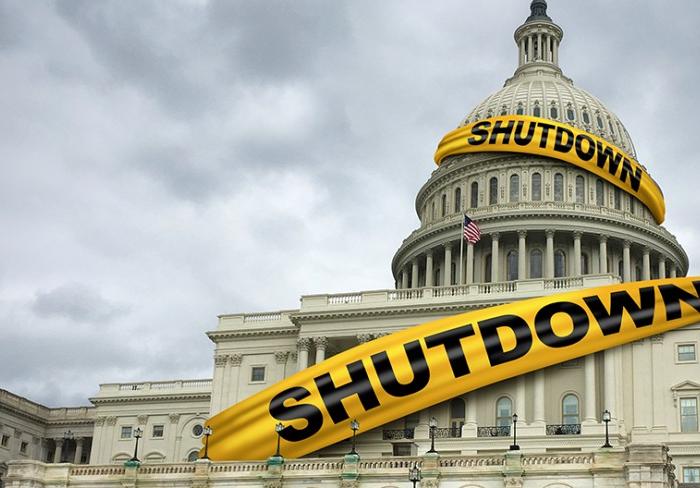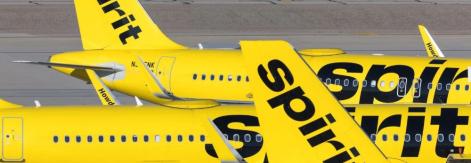TUI, the giant Germany-based tour operator, will implement a surcharge on travel packages as a result of spiking oil prices in the world market, the company’s front office informed this week in Hanover.
All travel packages booked from December 1 onward will have a 5-euro-per-passenger surcharge tacked on. In the case of long-haul destinations, the additional charge will ratchet up to 6 euros, with the sole exception of Dubai that will carry a 7-euro money addendum.
The Nicaragua Tourism Institute (INTUR) is hoping to close 2004 with $170 million in gains, a figure that will keep the local leisure industry high on the list of the country’s top moneymakers, alongside such commodities as seafood, coffee and meat.
According to stats provided by INTUR this week, as many as 447,500 tourists visited the Central American nation in the first three quarters of the year, up 16.4 percent from the first nine months of 2003.
In an effort to show off all attractions that Panama has to offer as a travel destination, authorities in that Central American nation have earmarked $19 million to be exclusively spent on the promotion of its own tourist sector.
The National Economic Council recently passed the initiative of launching out a promotional and marketing campaign overseas, the country’s Ministry of Finance and Economy informed this week.
The International Monetary Fund (IMF) put out a bleak report on the economic future of St. Lucia, a small Caribbean island that’s still dealing with high unemployment rates regardless of a solid 3.7 percent growth in 2003.
The Washington-based banking institution warned the poor going of the banana industry, coupled with the country’s scarce ability to keep the Gross Domestic Product growing, will also have a negative impact on the local job market.
Asian tourists are by far the biggest spenders in Chile, averaging $1,174 apiece during a regular stay of 13.3 days in the South American nation.
According to a research study conducted by the National Tourism Service (SERNATUR), visitors from other world regions shell out an average of $569 during a relatively longer stay of 15.8 days.
Cuba has just opened an experimental currency exchange house to swap euros, Japanese yens, Venezuelan bolivars and Mexican pesos for convertible Cuban pesos (CUC).
The action is part of a plan implemented by local authorities in an effort to knock the U.S. dollar out of circulation in the national territory and leave the CUC as the only one currency used to purchase goods and services on the island nation.










